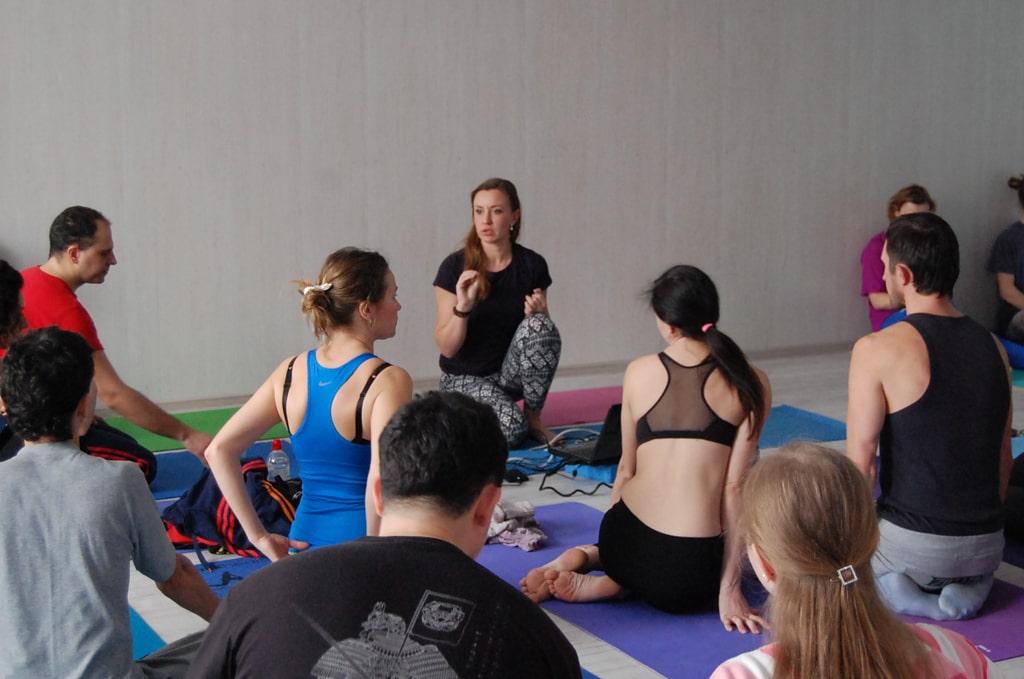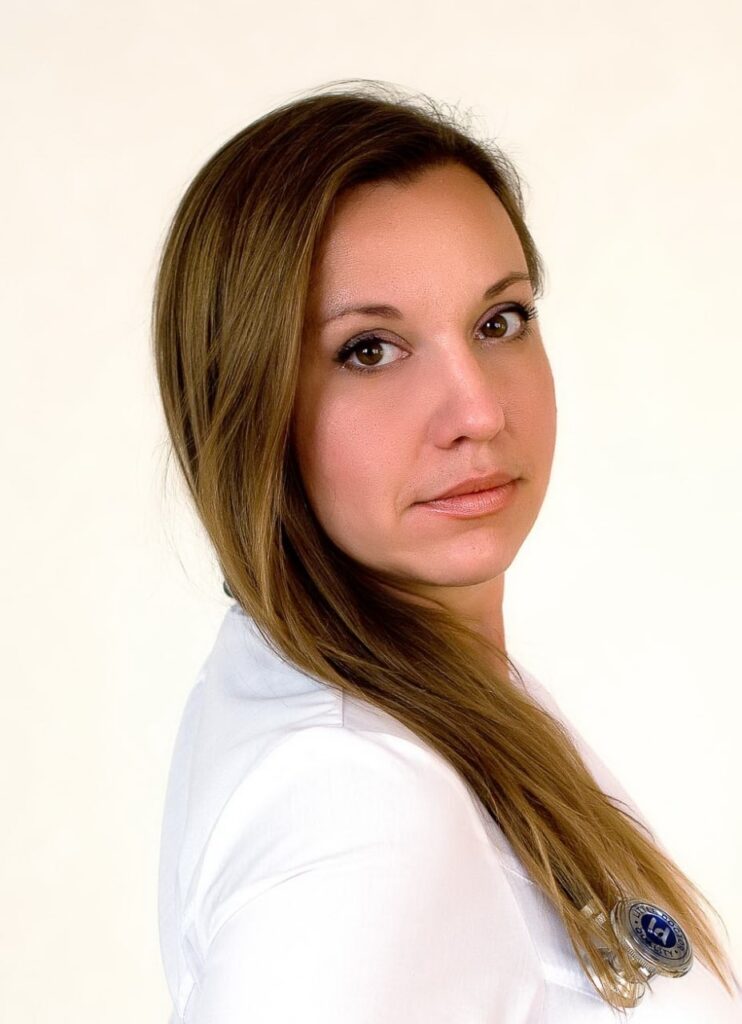
Yogatherapy
2. We popularize Yoga and a healthy lifestyle (our projects are “Yoga Therapy Weekends”, “Yoga Therapy Online”, etc.).
3. Propaganda of a correct and scientific approach in the use of Hatha Yoga practices to maintain the body in a healthy state and to have a possibility to develop it; also for solving therapeutic tasks (in the course of treatment of diseases and in rehabilitation programs).
4. We conduct lectures, seminars and master classes on Yoga and Yoga Therapy.
5. We teach Yoga in groups and at individual classes, especially we teach the methods of recovering the body, maintaining it in a harmonious and healthy state.
Some of the historical roots of the Yoga Therapy
From the first texts, Hatha Yoga’s goal has been the extension of life and getting rid of diseases.
Energy practices were aimed at improving health also. Thus, Amaraugha-Prabodha writes:
“Hatha yoga is what is used to structure pranas (energies) …
The body is made up of five elements and five chakras.
When the [element] of earth decreases, wrinkles appear in people. When the water decreases, the hair gradually turns gray, like dried grass. When the fire decreases, appetite disappears, when the wind dissipates, beauty disappears, trembling occurs, and effort is needed for life”.
Many Hatha Yoga texts point to health benefits as an effect of asana practice:
“śarīrāntargatāḥ sarve rogā vinaśyanti । viṣāṇi jīryante ।
Then [after asana], diseases that have entered the body disappear, poisons grow old.”
Sandilya Upanishad.
In the 20th century, hatha yoga became close to European medicine through the works of yogis – Swami Sivananda, Desikachar (Viniyoga of Yoga), Shri Yogendra, (Personal Hygiene of Yogi), Dhirendra Brahmachari (Yoga Sukshma Vyayama), Mohan A. G.. In their books, they noticed the correspondence of exercises for the body and breathing to the treatment of various diseases.
On the basis of these works, Yoga Therapy emerged as a section of Yoga that offers methods for the treatment of diseases and their prevention by means of Yoga.

Yoga Therapy in modern world
The Ukrainian Federation of Yoga and the Ukrainian Institute of Yoga and Yoga Therapy continue and develop the traditions established by its pioneers.
We think that the approach to the selection of practices should be scientifically based, so we conduct research in the field of the influence of Yoga practices on the human body.
Taking into account the current trends in the development of the world and medicine, we continuously supplement our practice with new knowledge and methods. Which is entirely sign on the Spirit of Yoga.
Who could be interested in Yoga Therapy practices?
▪️ People who want to deepen their knowledge of their body and the processes that take place in it; to learn the principles of correct composition of the Hatha Yoga complex, taking into account one’s own characteristics (genotype, psycho- somatic type etc.).
▪️ People with diseases who want to restore their health (taking into account contraindications) or maintain their health at its optimal level. Depending on the specifics of the disease, yoga therapy can be applied both in particular and in the structure of complex treatment programs.
▪️ People undergoing rehabilitation (within the structure of rehabilitation programs).
Fields of Yoga Therapy
▪️ Yoga Therapy of the musculoskeletal system
▪️ Yoga Therapy of the cardiovascular system
▪️ Yoga Therapy of the gastrointestinal tract
▪️ Yoga Therapy of the respiratory system
Yoga therapy of the genitourinary system
Yoga Therapy Tools
▪️ Asanas and vinyasas
▪️ Joint gymnastics
▪️ Pranayamas (breathing exercises)
▪️ Mudras and Bandhas
▪️ Purifications of the body
▪️ Meditations (psychotechniques)
Modes of study
▪️ Yoga Therapy groups
▪️ Open lectures, master classes, seminars, workshops
▪️ Individual classes and consultations
Articles on Yoga Therapy

Authors of articles on yoga therapy
Nataliia Kravets, yoga therapist, the Head of Ukrainian Institute of Yoga and Yoga Therapy branch in Kiev, yoga instructor, the head of Vriddhi-Yoga Department.
Dmitry Sliusarenko, yoga instructor.
Pranayama: a Pearl in Hatha Yoga Treasure-House
In this article, one can find out how pranayama affecting the body of the practitioner. The author of the article gives u an introduction to:
⁃ Anatomy of the respiratory system;
⁃ Physiology;
⁃ Yoga, or the way it all works.
Bhastrika, The Effects, and Mechanisms of Health Improvement
This article consists of three parts that cover:
⁃ Bhastrika and musculoskeletal system;
⁃ Bhastrika and apparatus of external respiration;
⁃ Practical recommendations.
